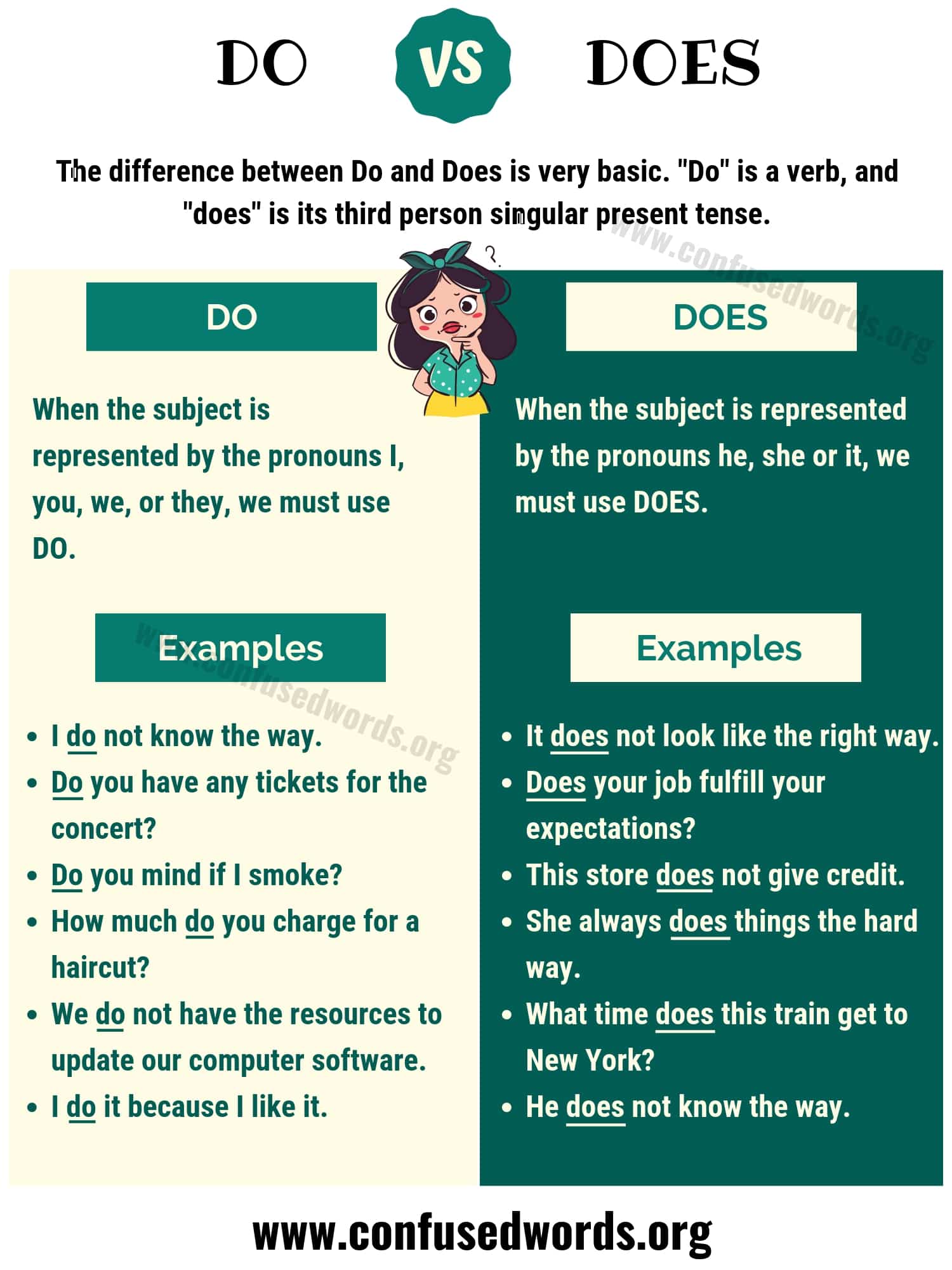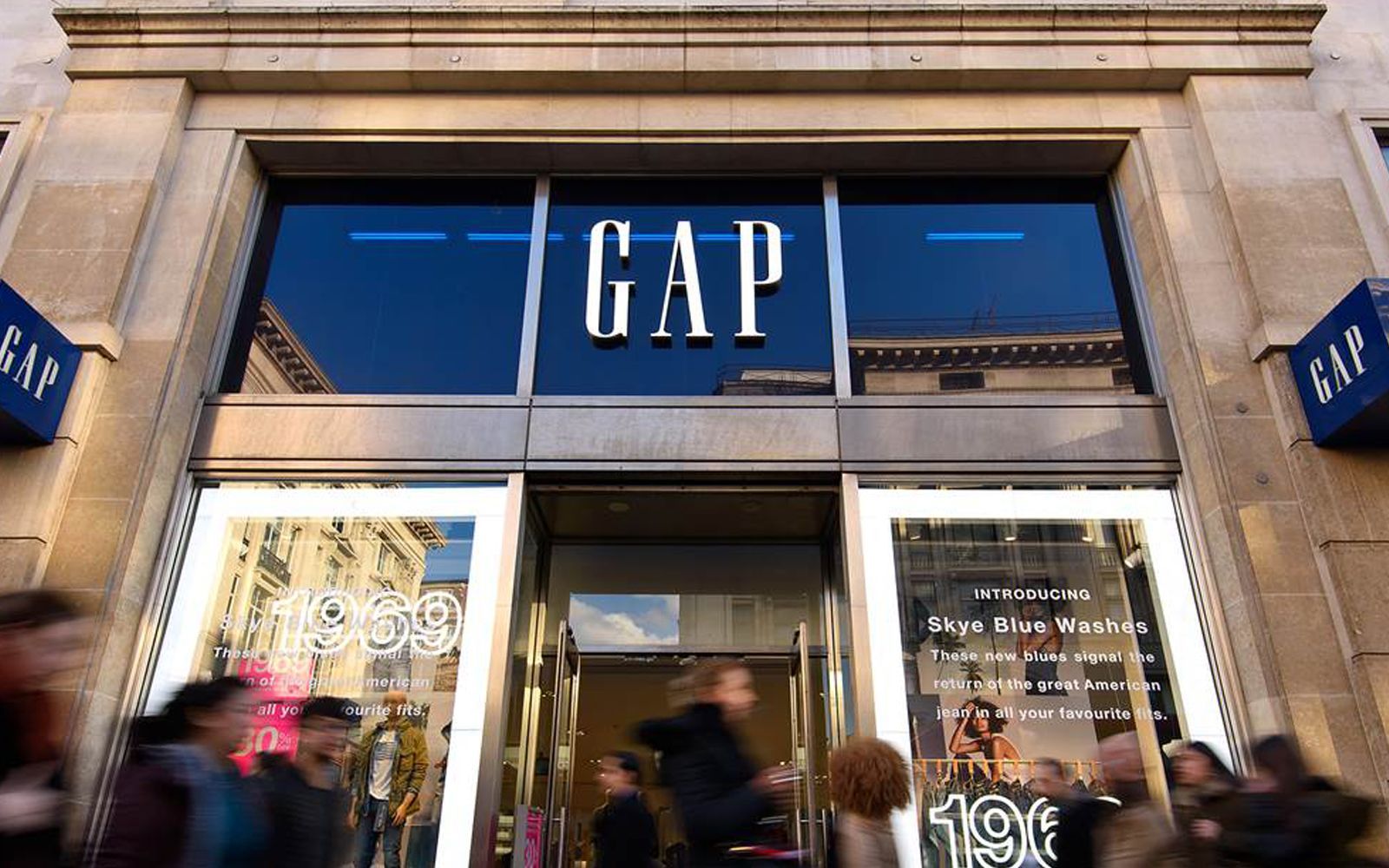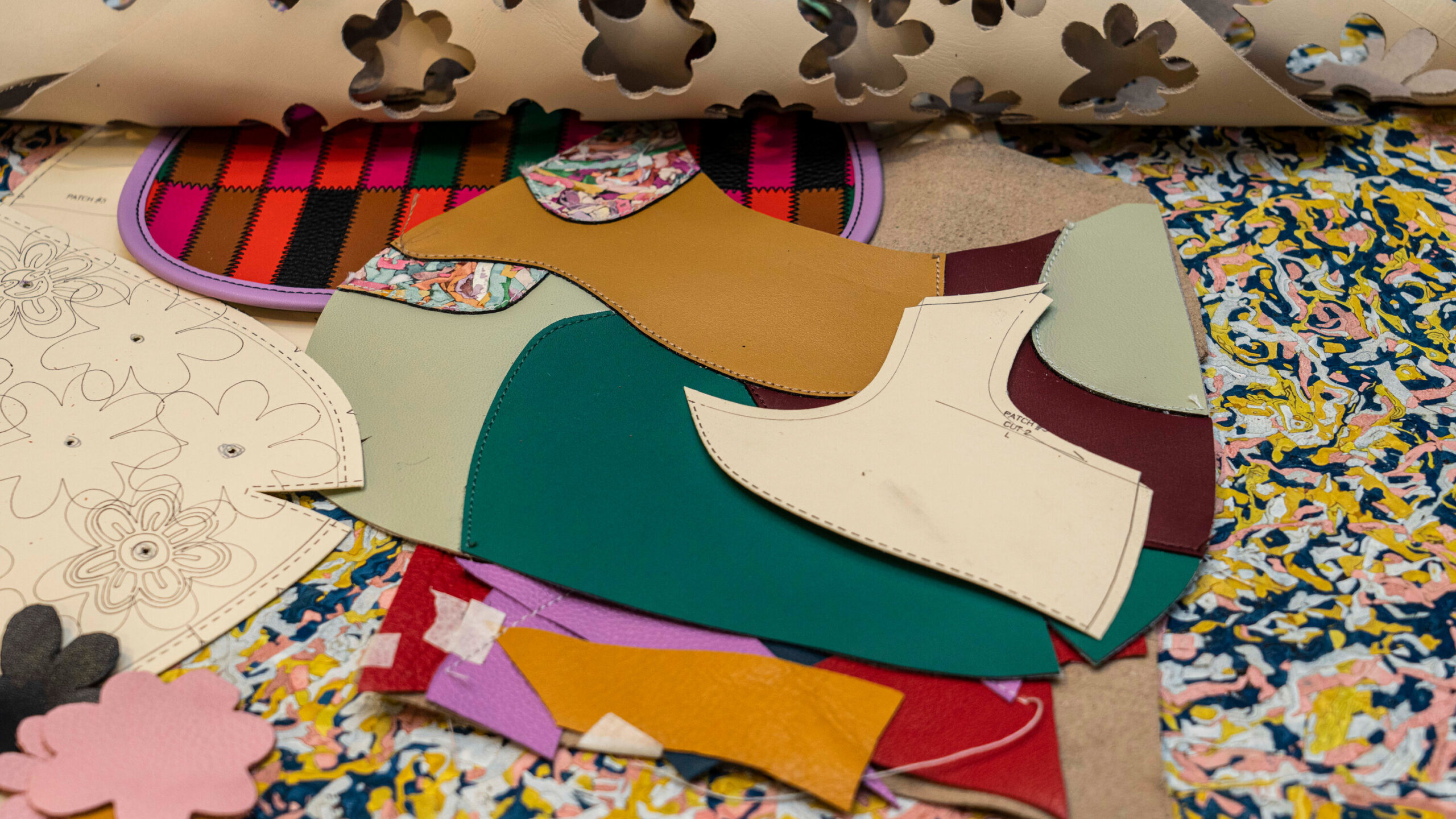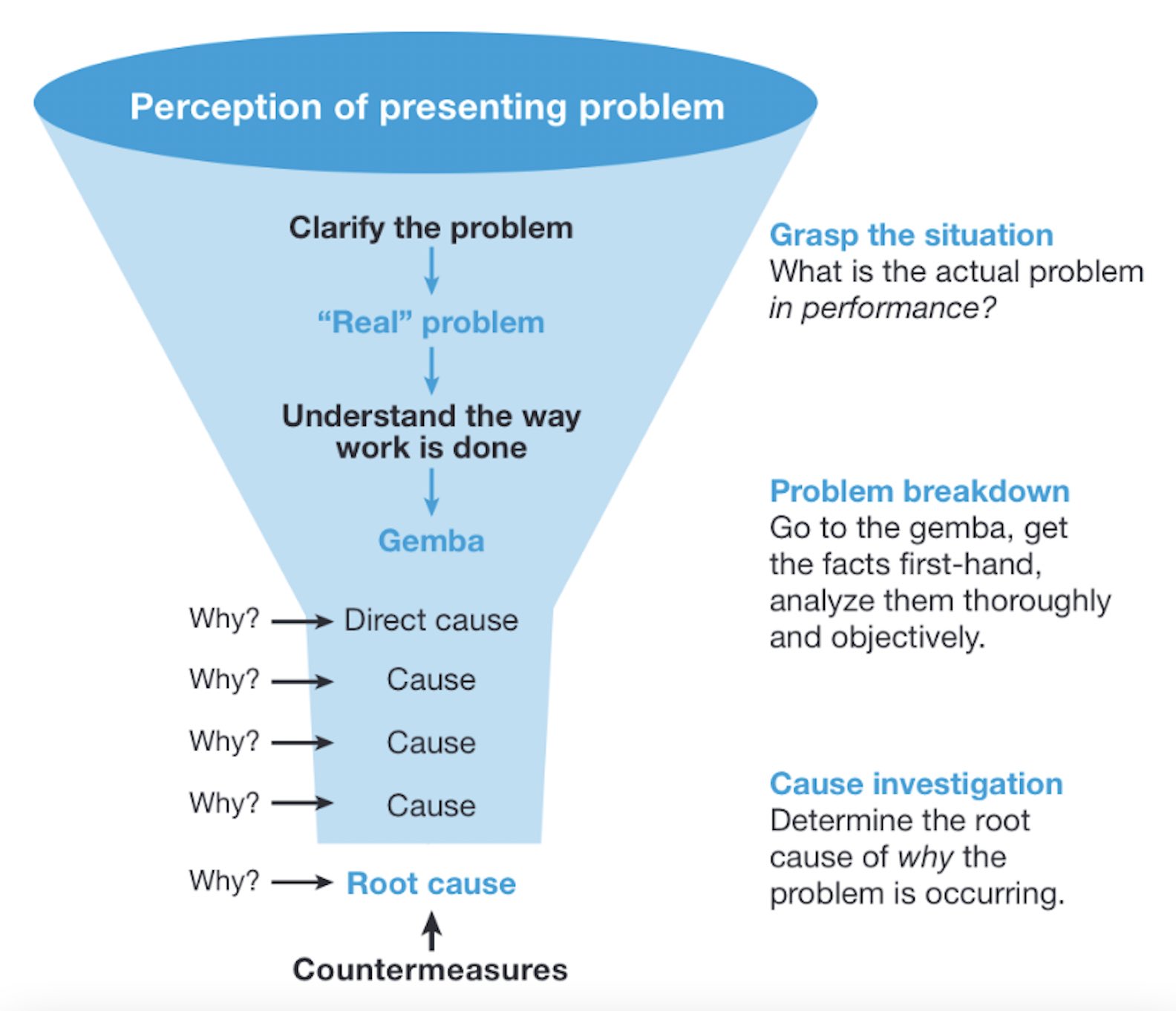Dissh and Kuose Fast Fashion Analysis: Complete Brand Breakdown
Understand fast fashion in modern retail
Fast fashion has transformed the clothing industry, create a rapid cycle of trend drive production that prioritize speed and affordability over sustainability and quality. When evaluate brands like dish and those, understand the key characteristics of fast fashion help consumers make informed purchasing decisions.
Fast fashion brands typically exhibit several common traits: frequent new collections, low prices, trend focus designs, and rapid production cycles. These companies oftentimes manufacture clothing in large quantities use cost-effective materials and labor, allow them to offer trendy pieces at accessible price points.
Dish brand analysis
Dish operate as an aAustralianbase fashion retailer that has gain significant attention in the online fashion space. The brand focus on contemporary women’s clothing, offer everything from casual wear to party dresses and accessories.
Dish’s business model
Dish demonstrate several characteristics unremarkably associate with fast fashion retailers. The brand oftentimes release new collections, frequently introduce dozens of new pieces hebdomadal. Their pricing strategy positions most items in the affordable range, make trendy fashion accessible to a broad customer base.
The company’s marketing intemperately emphasize social media presence, peculiarly Instagram, where they showcase their latest pieces through influencer partnerships and user generate content. This approach align with typical fast fashion marketing strategies that rely on social media buzz and trend drive promotion.
Production and source
Like many contemporary fashion brands, dish sources production from various international manufacturers. The brand’s ability to speedily respond to trends and maintain competitive pricing suggest a supply chain optimize for speed and ccost-effectivenesssooner than sustainable practices.
The materials use in dish clothing ofttimes include synthetic fabrics and blends that allow for ccost-effectiveproduction. While these materials can create attractive garments, they typically don’t offer the durability or environmental benefits of higher quality natural fibers.
Those brand examination
Those represent another player in the competitive online fashion market, target young consumers with trend focus apparel. The brand has built its presence principally through digital channels, emphasize affordable fashion that capture current style movements.
Those’s market position
Those operate with a business model that share many similarities with establish fast fashion retailers. The brand offer a wide range of clothing categories, from basics to statement pieces, all position at price points that appeal to budget conscious shoppers.
The company’s product turnover rate appear high, with new items regularly add to their inventory. This constant refresh of available products create a sense of urgency among consumers and encourage frequent purchases, a hallmark of fast fashion psychology.
Quality and sustainability considerations
Those’s pricing structure and production volume suggest manufacturing processes optimize for efficiency instead than sustainability. The brand’s focus on keep costs low while maintain trend relevance typically require compromises in material quality and production standards.
Limited information about the brand’s supply chain transparency and sustainability initiatives indicate that environmental and social responsibility may not be primary concerns in their business operations.
Fast fashion identification criteria
Several key factors help identify fast fashion brands in the current market. Understand these criteria provide valuable insight when evaluate companies like dish and kthose
Production speed and volume
Fast fashion brands prioritize rapid production cycles, oftentimes move from design concept to retail availability in weeks sooner than months. This speed require streamline manufacturing processes and oftentimes result in compromise quality control.
High production volumes allow these brands to achieve economies of scale, reduce per unit costs but much at the expense of working conditions and environmental impact. The ability to produce large quantities rapidly enable the low pricing that characterize fast fashion.
Trend responsiveness
Fast fashion retailers excel at promptly identify and reproduce trend styles. They monitor social media, fashion weeks, and celebrity culture to capture emerge trends and translate them into affordable products.
This trend chase approach oftentimes result in designs that nearly resemble higher end fashion pieces but at importantly lower price points. While this democratize fashion access, it to contribute to a culture of disposable clothing.
Marketing and consumer psychology
Fast fashion brands employ sophisticated marketing strategies that create urgency and encourage frequent purchases. Limited time offers, flash sales, and constant new arrivals trigger fear of miss out among consumers.
Social media marketing play a crucial role, with brands partner with influencers and encourage user generate content to create aspirational lifestyle associations with their products.
Environmental and social impact
The fast fashion industry’s environmental footprint extend far beyond individual brands. Understand these broader impacts help consumers make more inform choices about their fashion purchases.
Environmental consequences
Fast fashion production contribute importantly to water pollution, greenhouse gas emissions, and textile waste. The industry’s reliance on synthetic materials and chemical intensive production processes create last environmental damage.
The short lifespan of fast fashion garments mean they rapidly end up in landfills, where synthetic materials can take decades to decompose. This waste cycle perpetuate environmental degradation and resource depletion.
Labor and social considerations
The pressure to maintain low costs and fast production oftentimes result in poor working conditions in manufacturing facilities. Workers may face long hours, low wages, and unsafe work environments to meet the demands of fast fashion production.
Brands that prioritize transparency and ethical manufacturing practices typically invest more in their supply chains, which oft reflect in higher prices but better working conditions for garment workers.
Consumer alternatives and considerations
Understand the fast fashion landscape empower consumers to make choices align with their values and priorities. Several alternatives exist for those seek to reduce their fast fashion consumption.
Sustainable fashion options
Sustainable fashion brands focus on quality, durability, and ethical production practices. While these options typically cost more upfront, they oftentimes provide better value through retentive last garments and reduce environmental impact.

Source: ethicallyengineered.com
Second hand shopping, clothing swaps, and rental services offer ways to access fashion variety without support new fast fashion production. These alternatives can satisfy the desire for new styles while reduce overall consumption.
Mindful consumption strategies
Consumers can adopt strategies to reduce fast fashion dependence while nevertheless enjoy fashion. Build a capsule wardrobe with versatile, quality pieces reduce the need for frequent purchases.
Before make purchases, consider cost per wear help evaluate the true value of clothing items. Will invest in pieces that will be wear often frequently will provide better value than buy multiple cheap items.
Make informed fashion choices
The fashion industry continue to evolve, with increase consumer awareness drive some brands toward more sustainable practices. Notwithstanding, the fundamental business models of fast fashion remain mostly unchanged.
When evaluate brands like dish and kthose consumers should consider their personal priorities regard price, quality, sustainability, and style. Understand the ttrade-offsinvolve in different fashion choices enable more intentional purchasing decisions.
Research into brand practices, supply chain transparency, and sustainability initiatives provide valuable information for conscious consumers. While perfect solutions may not exist, inform choices can align fashion purchases with personal values and long term goals.
The future of fashion probably depend on consumer demand for more sustainable and ethical practices. By understand the characteristics of fast fashion and make deliberate choices, consumers can influence industry practices and support brands that align with their values.

Source: ethicallyengineered.com
MORE FROM techitio.com













